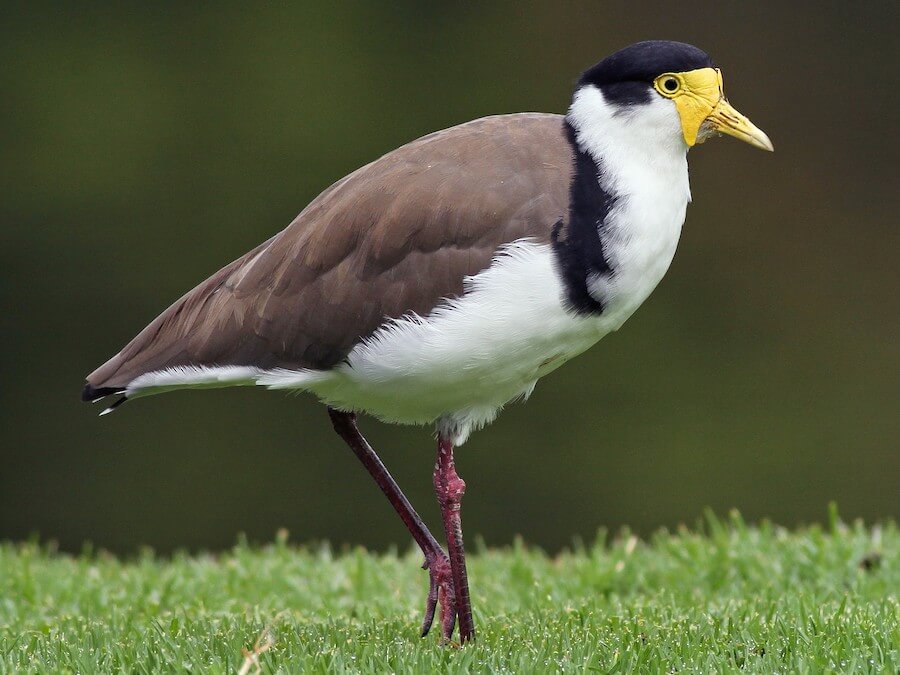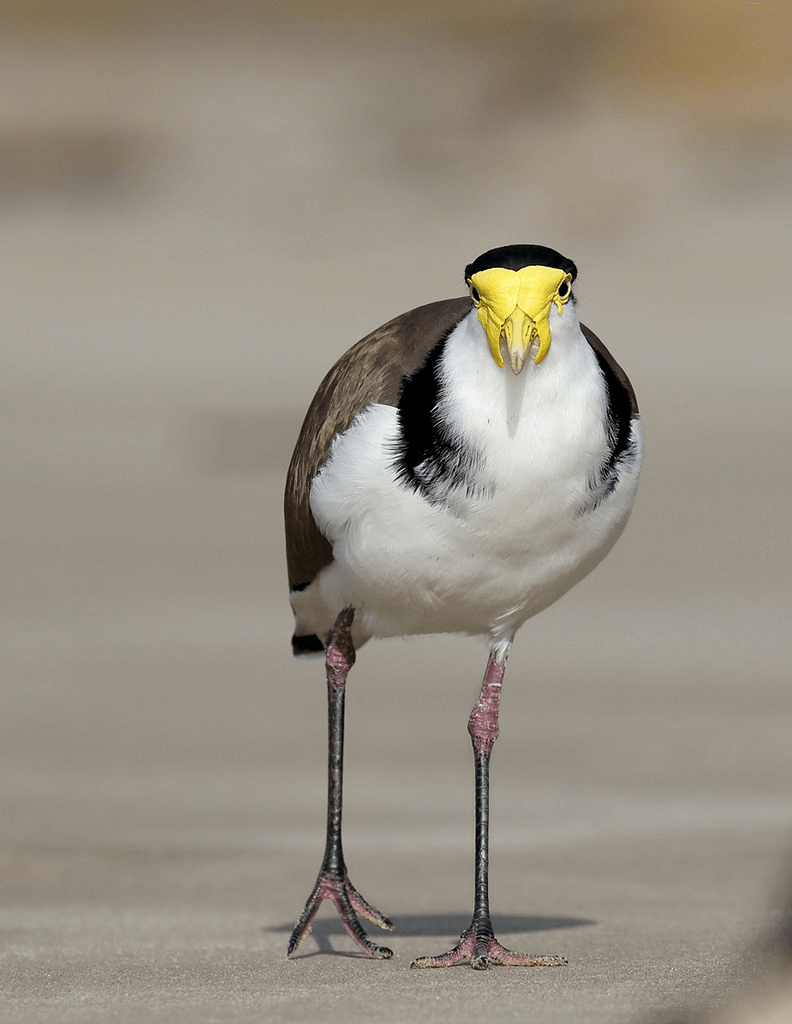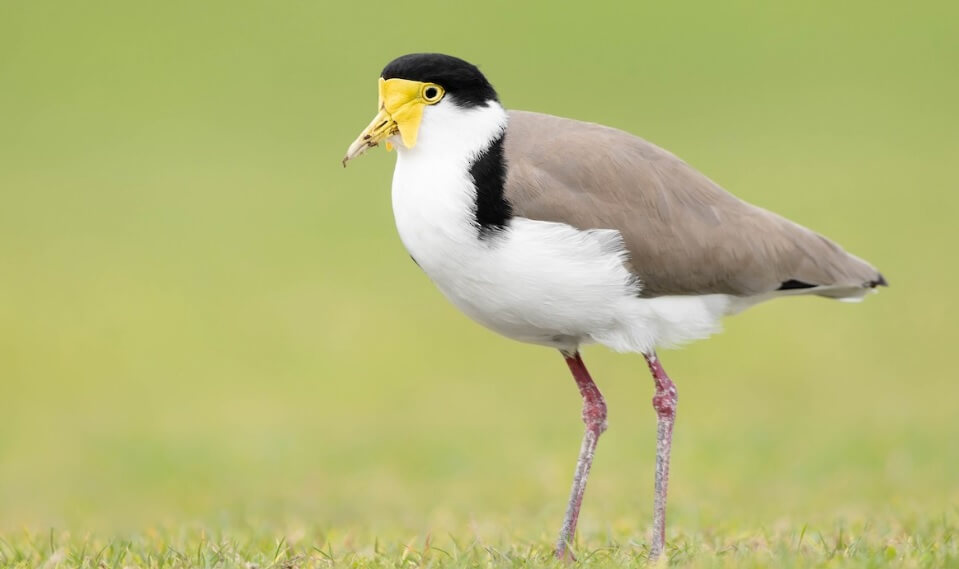Meet Masked Lapwing Bird, The Cautious Noise Maker With Yellow Wattle And Black Shoulder Band
While a handful of feathered guys are timid and choose to hide others are loud and fearless. This one we're going to introduce is surely an extrovert of the birdie world. Today, meet the masked lapwing bird (Vanellus miles), a large, common, and conspicuous bird!
 Source: Evan Lipton, Royal Botanic Gardens Melbourne, Melbourne, Victoria, Australia
Source: Evan Lipton, Royal Botanic Gardens Melbourne, Melbourne, Victoria, Australia
 Source: patrickkavanagh
Source: patrickkavanagh
Source: Delia Walker, Gladstone, Queensland, Australia
 Source: Terence Alexander, Brisbane, Queensland, Australia
Source: Terence Alexander, Brisbane, Queensland, Australia
 Source: JJ Harrison
Source: JJ Harrison
 Source: Graham Winterflood
Source: Graham Winterflood
 Source: patrickkavanagh
Source: patrickkavanagh
 Source: Terence Alexander, Redland, Queensland, Australia
Source: Terence Alexander, Redland, Queensland, Australia
 Source: Zebedee Muller, Moreland, Victoria, Australia
Source: Zebedee Muller, Moreland, Victoria, Australia
Share this article
Advertisement